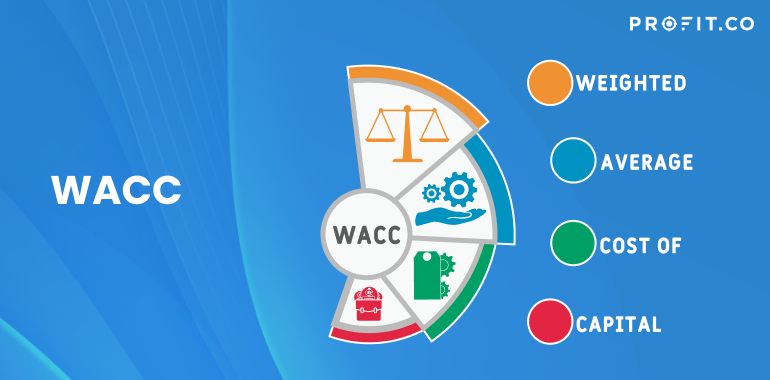Were you looking for information about the Weighted Average Cost of Capital? In that case, you’re just in the perfect place! WACC is a financial ratio, and it’s used to estimate a firm’s financing and assets acquiring costs. It does so by comparing the equity structure and debt of the business.
So, it basically calculates how much the weight of the debt is, as well as the price of raising funds and borrowing money through equity to finance new capital purchases. It’s all based on the firm’s present equity structure and debs.
Without further ado, let’s get into the WACC analysis and find out how it’s calculated.
WACC – Who Uses It?
Most of the times, this calculation is used by management, and they want to determine it’s a good idea that the company finances new purchases through equity or debt.
The ratio averages every capital source, including common stock, long-term debt, bonds, and preferred costs, to calculate the average price of borrowing money. It’s not hard to figure out the debt cost. Long-term debt and bonds have interest rates that can be used to gauge the overall price. At the same time, equity is different as it doesn’t have a readily available cost. So, an equity cost must be calculated before jumping into the equation.
For that reason, many creditors and investors don’t focus only on this calculation as the only indicator for the capital cost. Calculating the equity price is based on certain assumptions that are different from investor to investor.
What Is It Used for?
Basically, the equation is helpful to the management, as it helps them figure out if a company should purchase or buy new assets using equity or debt. It compares both of these options to see which one is good.
If a new purchase is financed with equity or debt, it can have an impact on the stock price and profitability of a firm. So, management uses this formula to balance the investors’ return expectations, stock cost, and the total cost of buying new assets. The weighted average is used by the board of directors and executives to determine if a merger is appropriate.
At the same time, creditors and investors use it to determine whether the company should be invested in or loaning money to. WACC represents the average cost of money borrowing across all financing structures. If the weighted average percentages are high, they indicate that the firm’s overall financing cost is greater.
Therefore, the company will have less free cash that can be distributed to shareholders or repay the additional debt
What Is the Formula?
The WACC formula would be complicated to explain, so here is how it looks:
Here is what each element means:
Now, you should be more familiar with what WACC includes. Hopefully, you’ll be able to calculate it as well.
